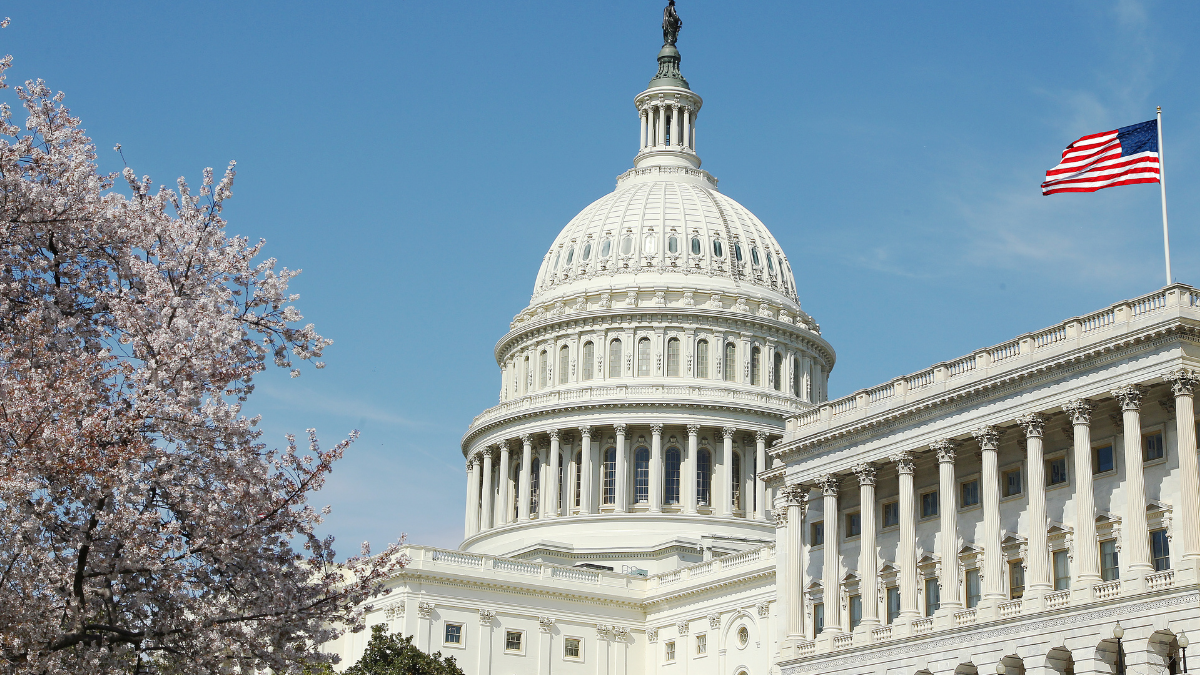Recent Changes to the Proposed FY2025 House Budget

Several noteworthy updates have been made since the initial release of the proposed Fiscal Year 2025 Budget from the U.S. House of Representatives. While many tax-related provisions remain, the updated proposal now includes additional measures related to spending, legislative procedure, and regulatory policy. With the budget resolution formally passed by both chambers of Congress as of April 10, the proposal is no longer just a draft—it sets the stage for potential legislative action under reconciliation rules. Additional revisions are still possible as the legislative process continues.
This article outlines what has changed since the original proposal and what these developments could mean for business owners reviewing their tax and planning strategies.
Spending Reductions Now Included
The most notable change in the updated proposal is the inclusion of new spending provisions. The budget now outlines a projected $14 trillion deficit reduction over the next ten years. This figure includes approximately $2 trillion in mandatory spending cuts, which will affect certain federal benefit and loan programs such as Medicaid, SNAP, and student loan forgiveness.
This adjustment balances the impact of the proposed tax reductions included elsewhere in the budget. These spending offsets were not present in the original proposal and now play a significant role in the overall structure.
Additions Related to Border Security and Immigration
New sections have been added linking specific proposed savings and policy outcomes to immigration and border-related measures. This includes support for increased border infrastructure and revisions to existing processing rules.
These items represent an expansion of the budget beyond strictly economic matters and were not part of the original budget.
New Provisions Addressing Regulatory Oversight
The updated budget also proposes several changes to existing regulatory policies. These include recommendations to scale back federal oversight in certain areas, including a proposal to eliminate future funding for IRS expansion initiatives established under the Inflation Reduction Act. In addition, there are references to redirecting or defunding specific federal programs tied to energy and administrative regulations.
These measures were not included in the earlier budget draft and reflect a shift toward including more oversight and implementation directives.
Introduction of Budget Reconciliation Instructions
The revised proposal now includes instructions for using budget reconciliation, a legislative tool that allows certain budget-related bills to pass in the Senate with a simple majority. This mechanism could significantly impact how quickly or effectively budget components are considered in the legislative process.
Business owners should be aware that including reconciliation instructions increases the likelihood that portions of the proposal—particularly tax changes—could move forward even in a divided Congress.
Carried Interest No Longer Referenced
The original proposed budget included language suggesting potential revisions to the tax treatment of carried interest, which currently allows some investment income to be taxed at capital gains rates. That language is no longer present in the updated version, suggesting this provision has been set aside for the time being or could be addressed separately.
Tax Provisions Remain Consistent
The following tax-related elements have remained consistent between the original proposal and the updated version:
- Extension of TCJA provisions, including lower individual tax rates and the current AMT exemption.
- Restoration of 100% bonus depreciation and immediate R&D expensing.
- Adjust the business interest deduction limit to return to an EBITDA-based formula.
- Maintenance of current treatment for GILTI and FDII.
- Eliminating income tax on Social Security benefits, overtime pay, and tips.
- Full repeal of the SALT deduction cap.
- Repealing tax-related provisions under the Inflation Reduction Act, including energy credits.
Summary
While the FY2025 House Budget continues to focus on extending prior tax reform and reducing taxes for individuals and businesses, the recent adoption of the resolution by both chambers adds significant momentum. The inclusion of spending cuts, reconciliation instructions, and budget scoring changes reflects a strategic approach to push major fiscal policy changes through a divided Congress.
However, the proposals remain subject to further debate, and only finalized legislation carries the force of law. Business owners should continue monitoring developments closely, as upcoming decisions on deductions, depreciation, and compliance costs could significantly affect planning for the next fiscal year.
 Services
Services